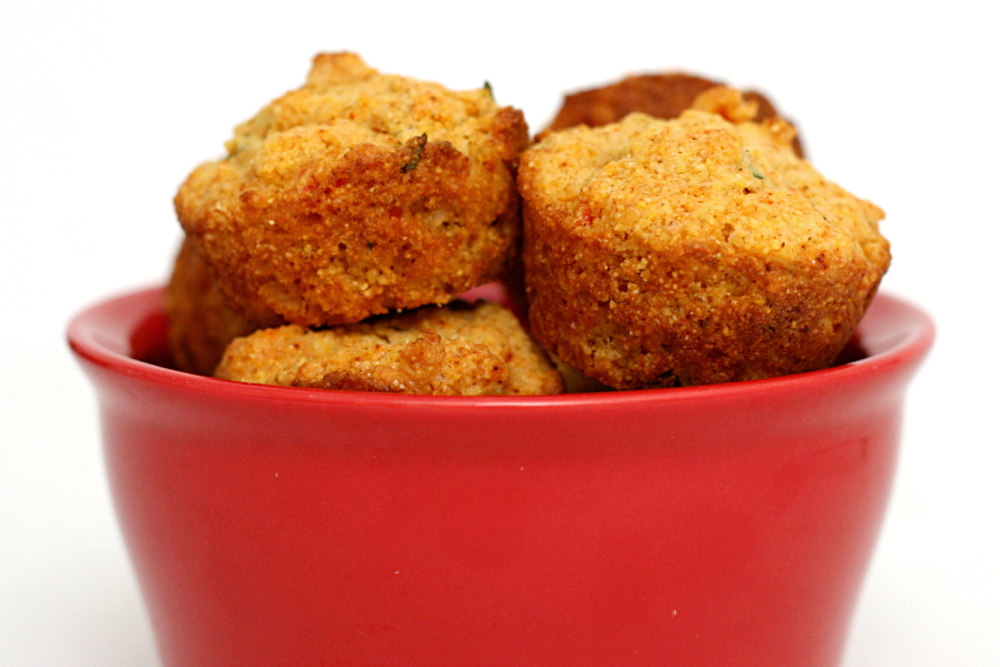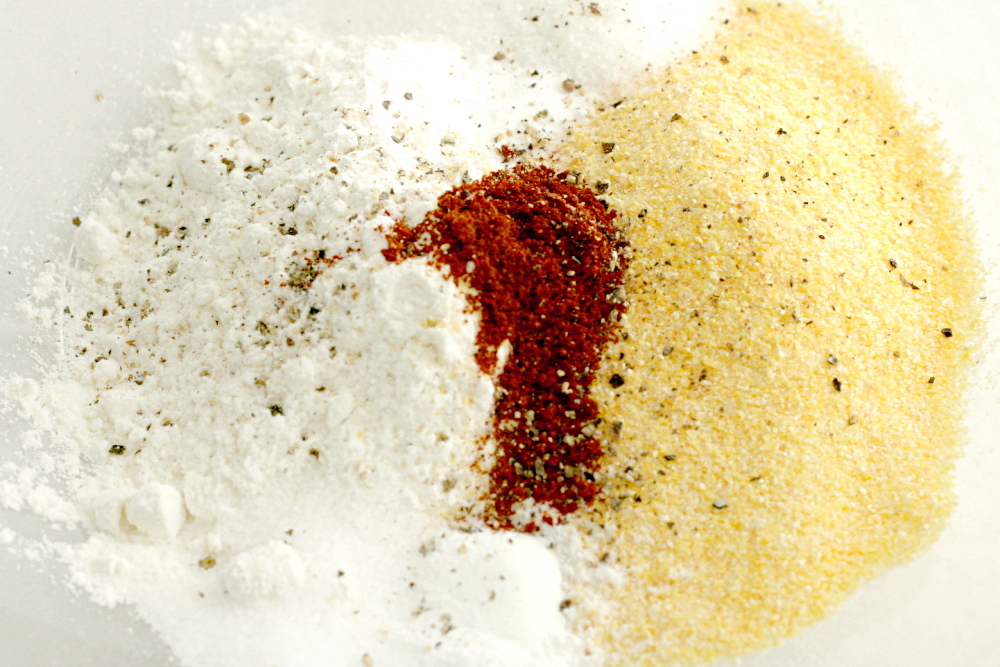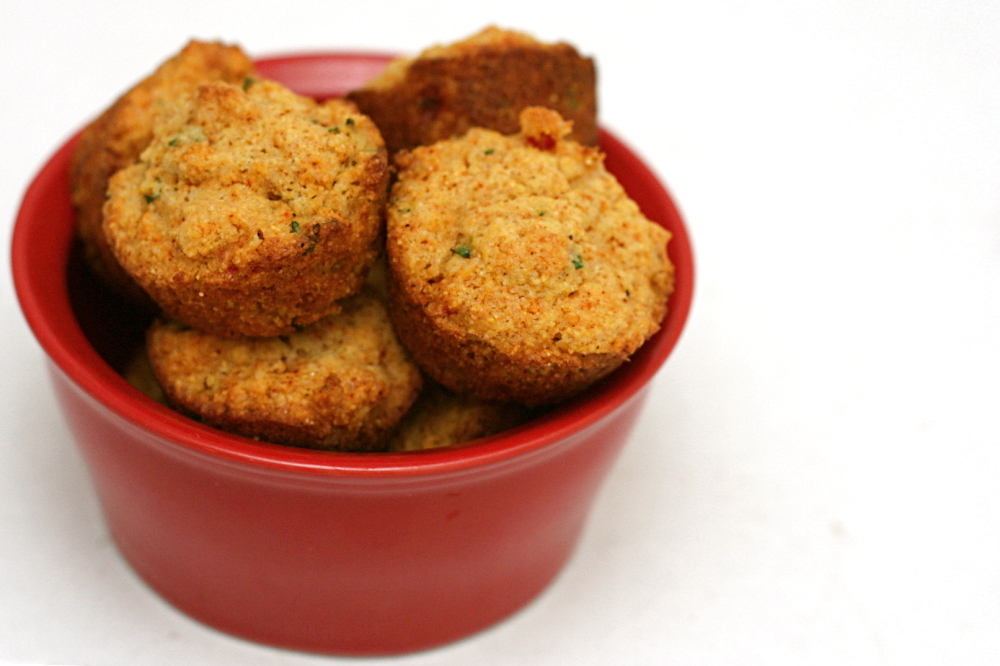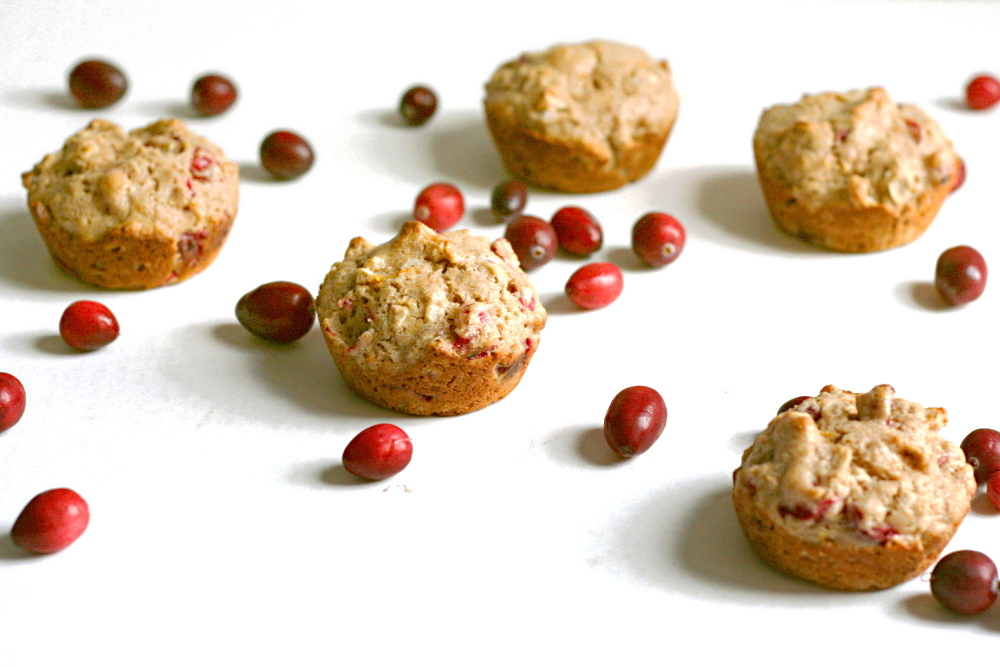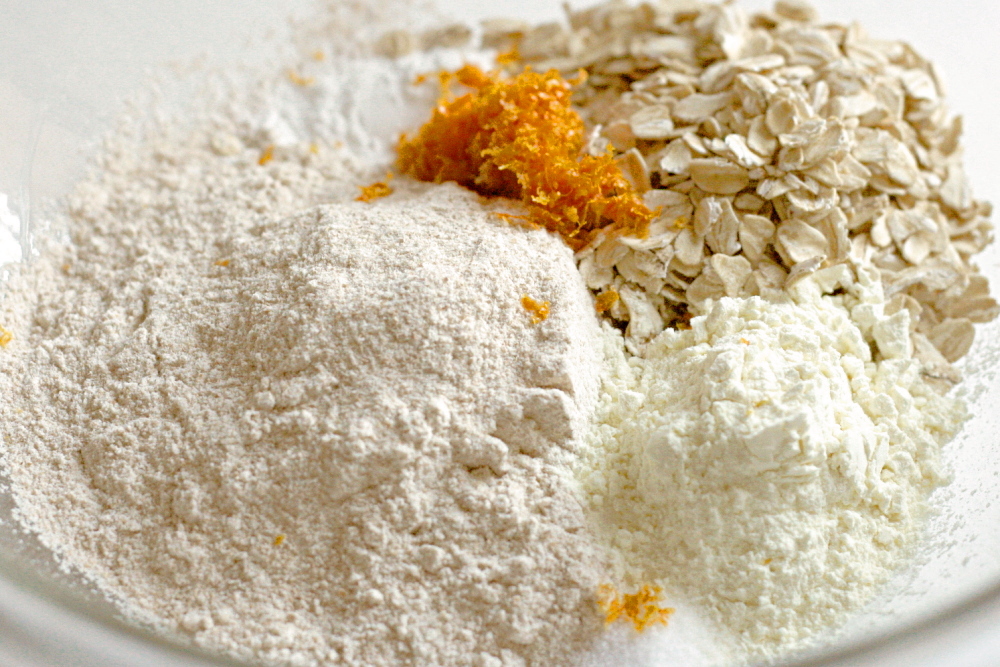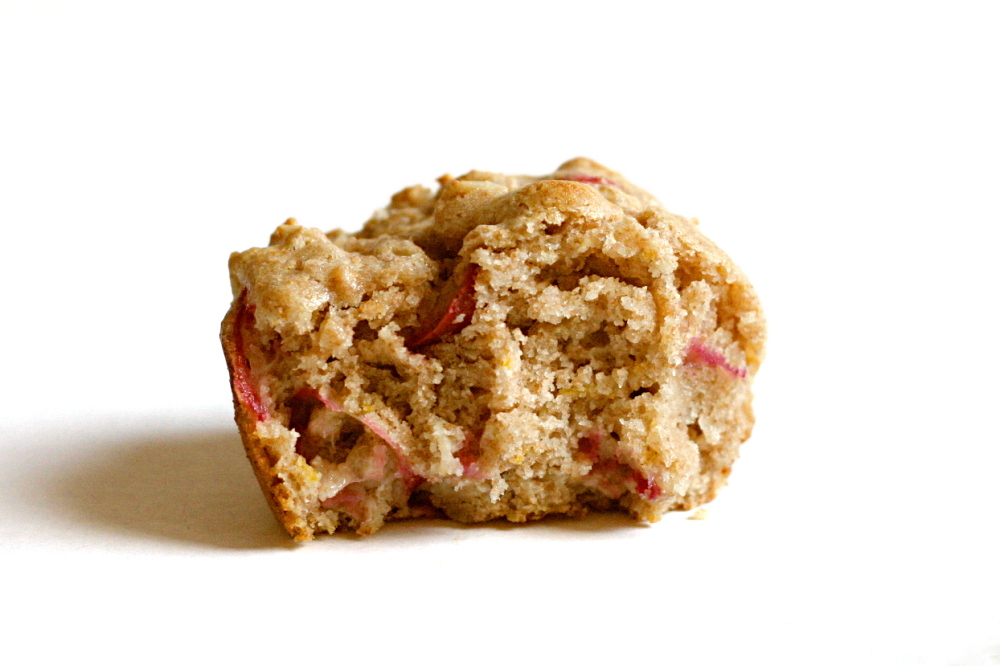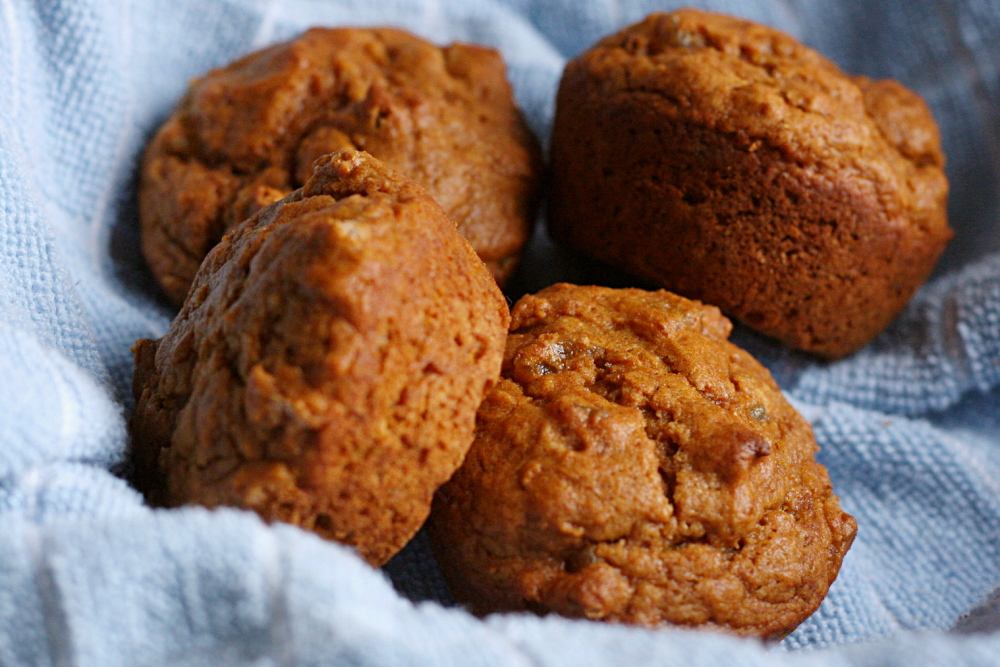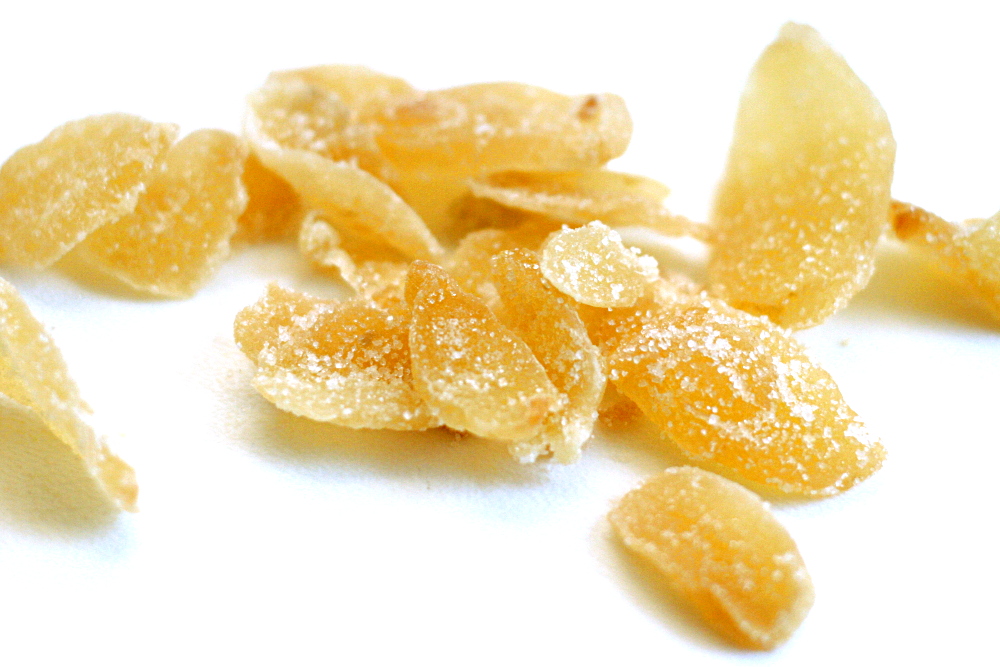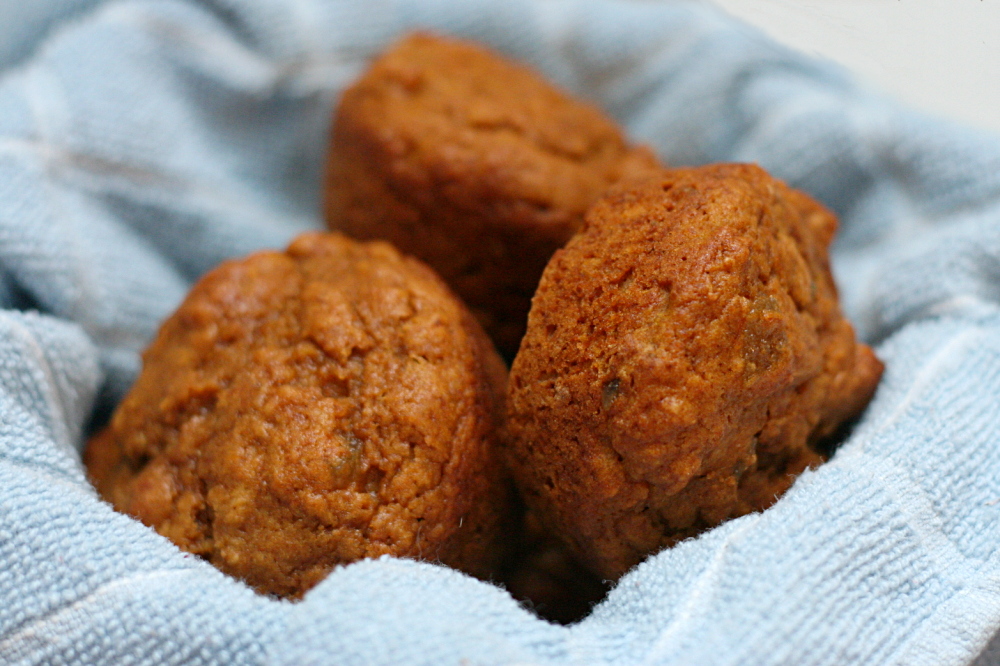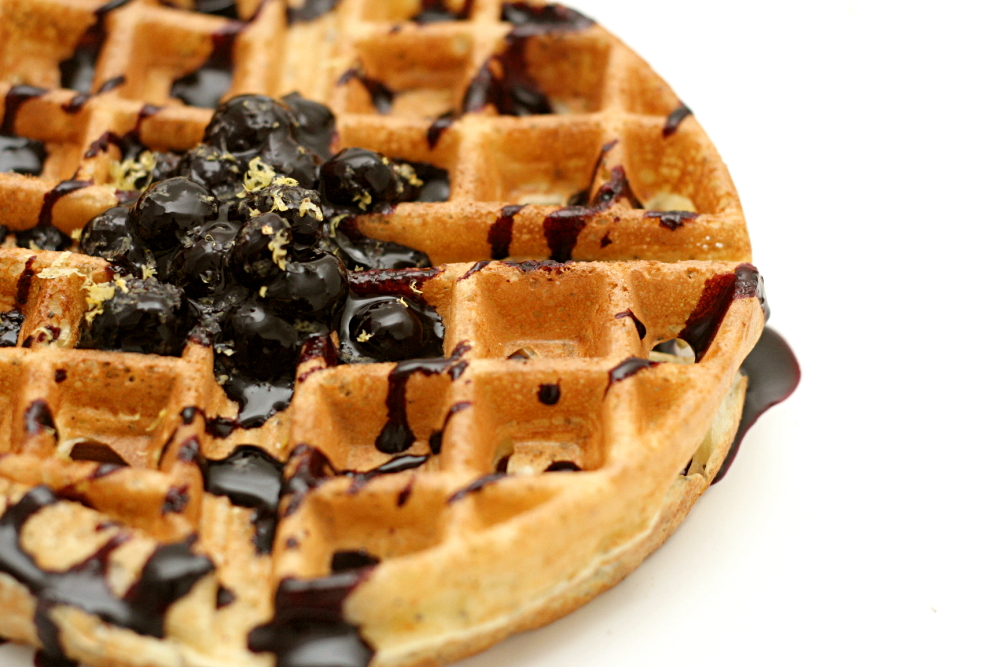
Over the last week, I’ve invested a considerable amount of time, plus some money, into my blog to make it look…well, pretty much the same. Plus, I’m guessing most of you read my blog through Google Reader or something similar and never actually see the design. Be that as it may, there are a couple design features on it that I’ve mostly gotten used to but have always bugged me a little. Now I can fix them! Eventually. When I learn how.
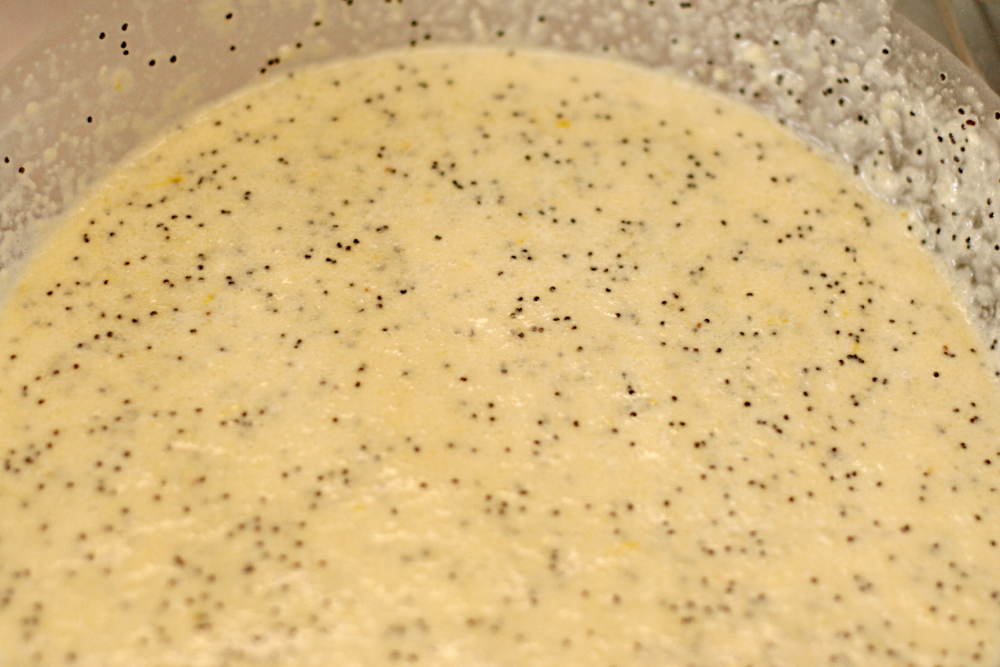
Thank god for things I do know how to do, like cook. I first tried a recipe for lemon poppy seed waffles that I found through epicurious, but my socks weren’t knocked off. It was a little dense and not crispy on the outside the way I like. I considered beating the egg whites separately and folding them back into the batter, but ultimately decided that if I’ve already found a waffle recipe that I like, why not stick with it? Especially if it’s less work.
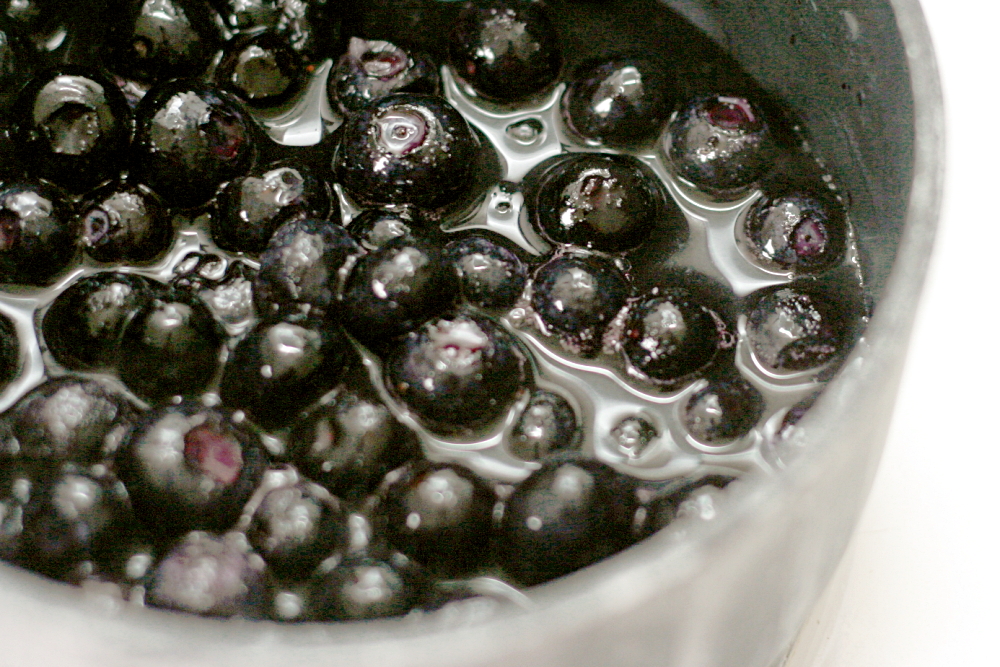
I took my favorite overnight waffle recipe and added lemon zest and poppy seeds to it. To maximize the flavor of the lemon, I rubbed the zest with the sugar before adding the remaining ingredients. (Thanks for the tip, Dorie!) The lemon sugar is mixed with water, yeast, milk, melted butter, and flour, then left to rest on the countertop overnight. The eggs and a bit of baking soda are stirred in in the morning right before the waffles are cooked.
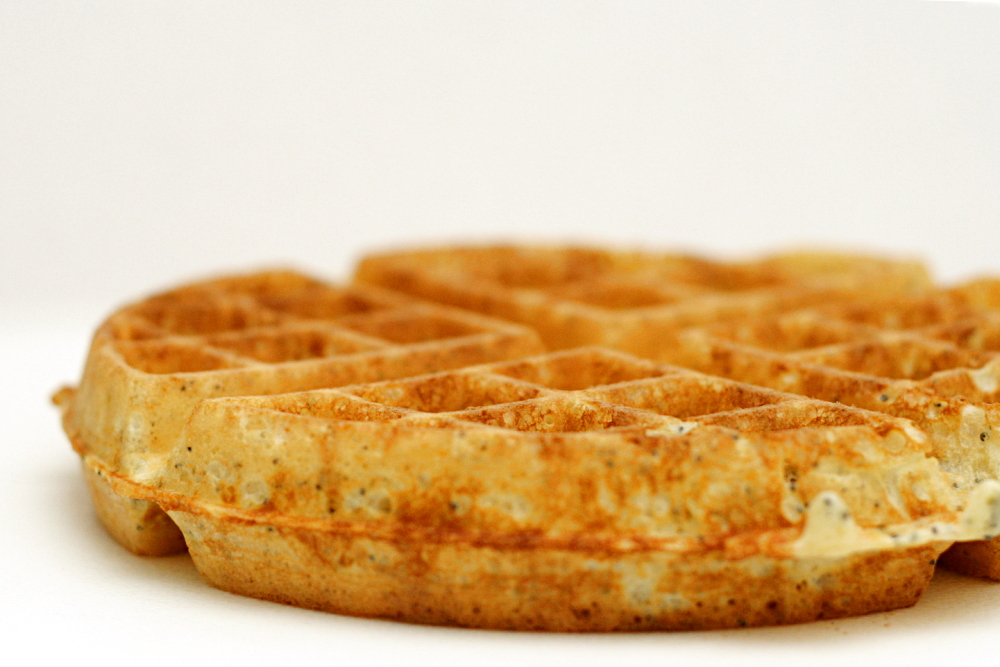
I love the texture of these waffles. They’re so light in the middle, and so crisp on the outside. I also love the crunch of poppy seeds. And the flavor, of course, is dominated by lemon, then topped with lemon’s great compliment, blueberries. Pretty nice for just a few minutes of effort in the morning.
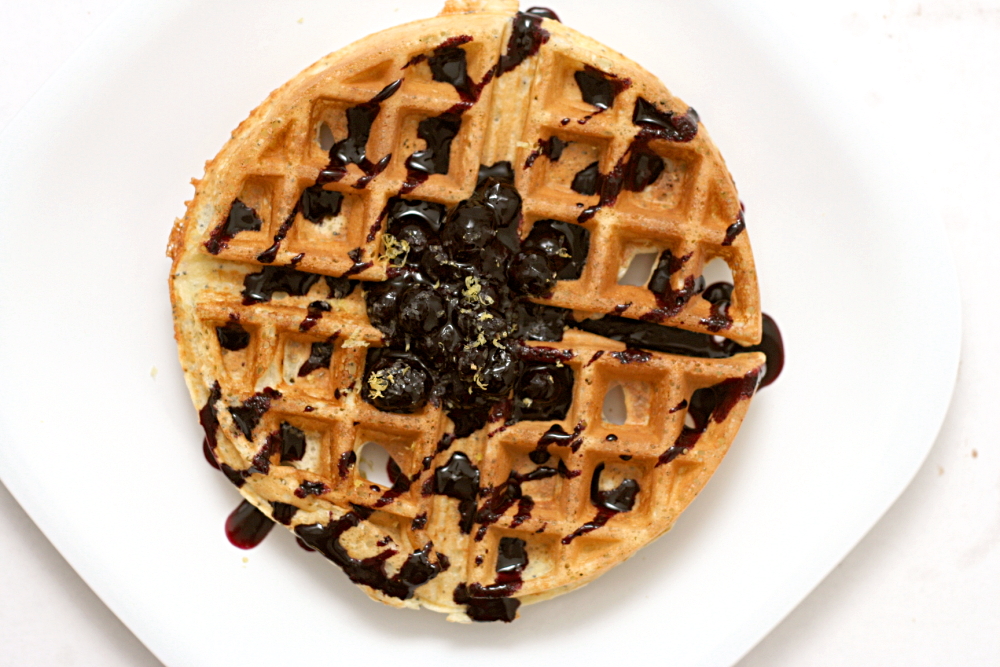
One year ago: Whole Wheat Pasta with Greens, Beans, Tomatoes, and Garlic Chips
Lemon Poppy Seed Waffles (adapted from Waring Pro and from Bon Apetit September 2000 through epicurious)
The waffles have a pretty strong sourdough flavor, and although I generally like it, it’s a little much in these lemon waffles. I’m going to try reducing the yeast to 1 teaspoon next time. I’ll be sure to update when I do.
zest of one lemon
1 tablespoon granulated sugar
½ cup water
2¼ teaspoons (one packet) instant dry yeast
2 cups whole milk
4 tablespoons unsalted butter, melted and cooled
3 tablespoons poppy seeds
1 teaspoon salt
2 cups all-purpose flour
2 large eggs, lightly beaten
2 teaspoons vanilla extract
¼ teaspoon baking soda
1. The night before, or at least 8 hours before baking, rub the sugar and zest together until fragrant. Add the water, yeast, milk, melted butter, poppy seeds, and salt. Beat in the flour until smooth (this may be done using a hand mixer on low speed). Wrap the bowl tightly with plastic wrap and let stand overnight (or for 8 hours) on the countertop. Do not refrigerate.
2. When ready to bake, preheat your waffle maker on your preferred setting. While the waffle maker is heating, stir the eggs, vanilla extract, and baking soda into the batter. Measure out enough batter for your waffle maker and pour into the preheated waffle maker. Use a heat-proof spatula to spread the batter evenly over the grids. Close lid and bake the waffle in the waffle maker until it indicates the waffle is done.
3. Remove waffle and repeat until the desired number of waffles has been made. Cover remaining batter and place in the refrigerator for up to 3 days. Waffles may be kept warm in an oven at low-heat (200°F). Place waffles on a cookie sheet on a rack in the warm oven.
Blueberry Sauce
It’s very important to mix the cornstarch with cold water before adding it to the hot liquid. Otherwise, it will form clumps.
8 ounces blueberries, fresh or frozen
¼ cup sugar
¼ cup water
1½ teaspoons cornstarch
1½ teaspoons lemon juice
Heat the blueberries, sugar, and 2 tablespoons of the water in a medium saucepan over medium-high heat until simmering. Reduce the heat to medium and simmer until the most of the blueberries have popped, 3-4 minutes. Meanwhile, mix the remaining 2 tablespoons water with the cornstarch. Add to the blueberry mixture and simmering, stirring constantly, until thickened, about 1 minute. Stir in the lemon juice.
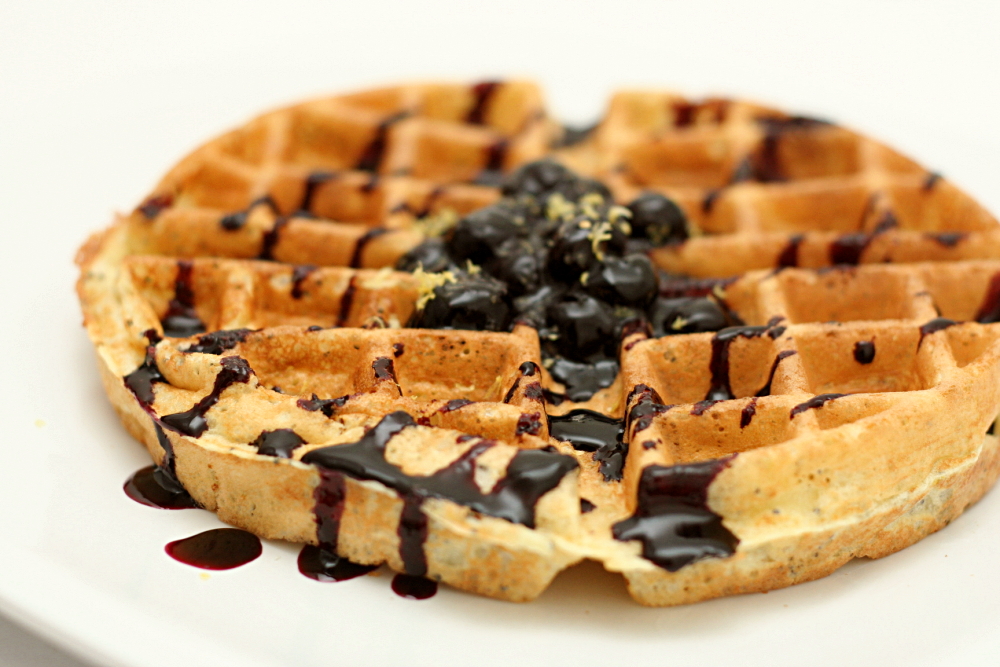


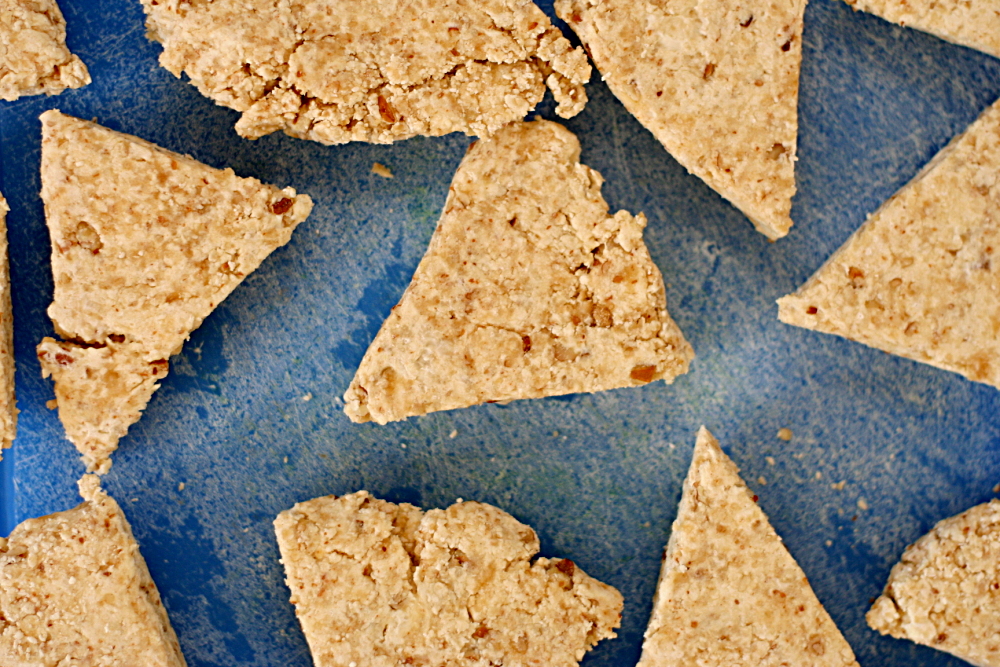


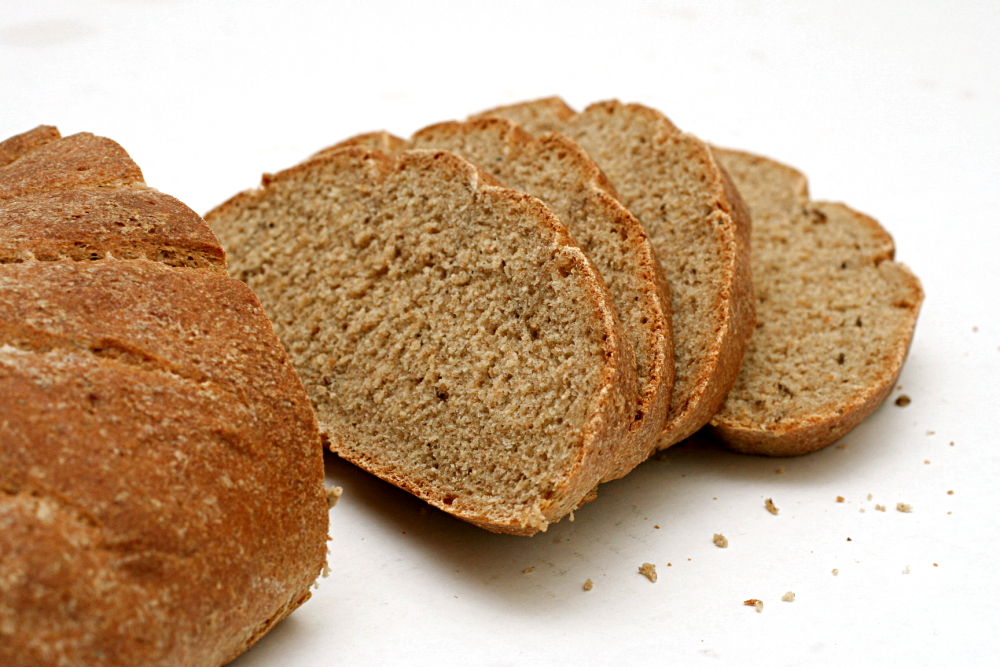
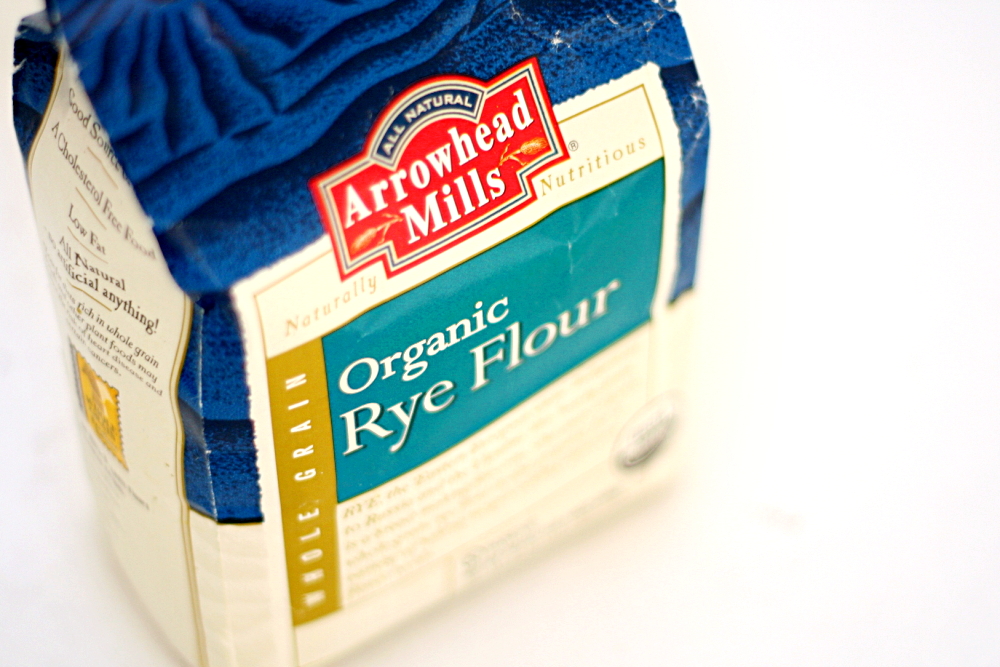
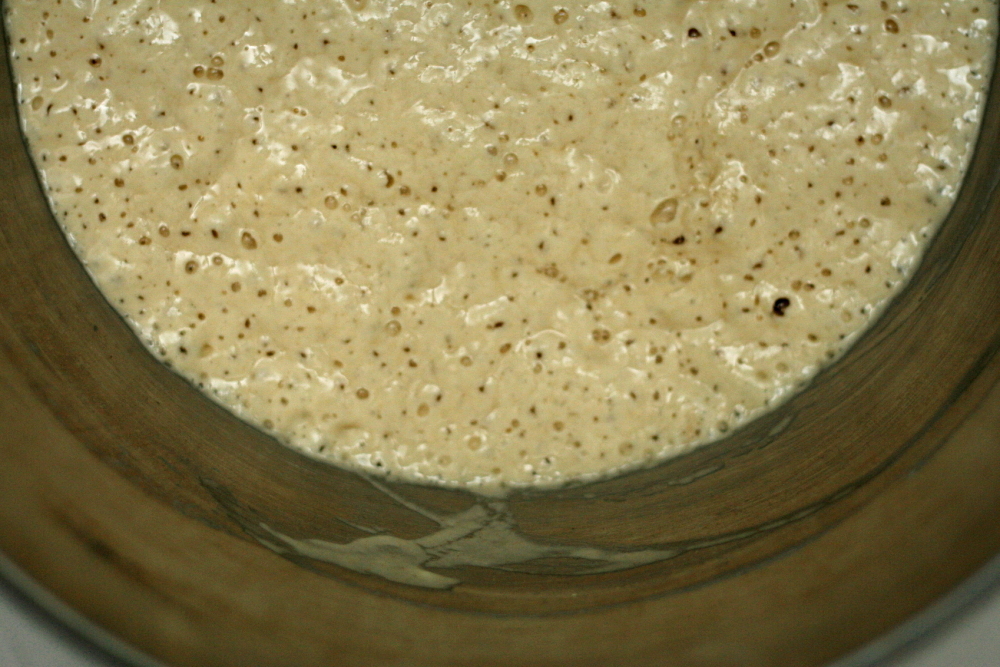
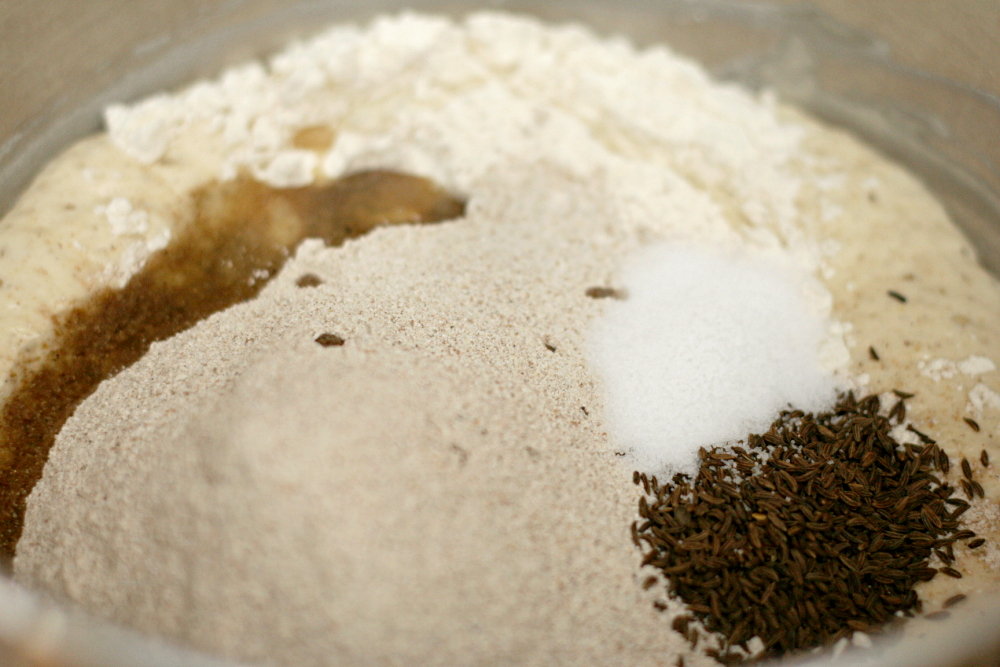
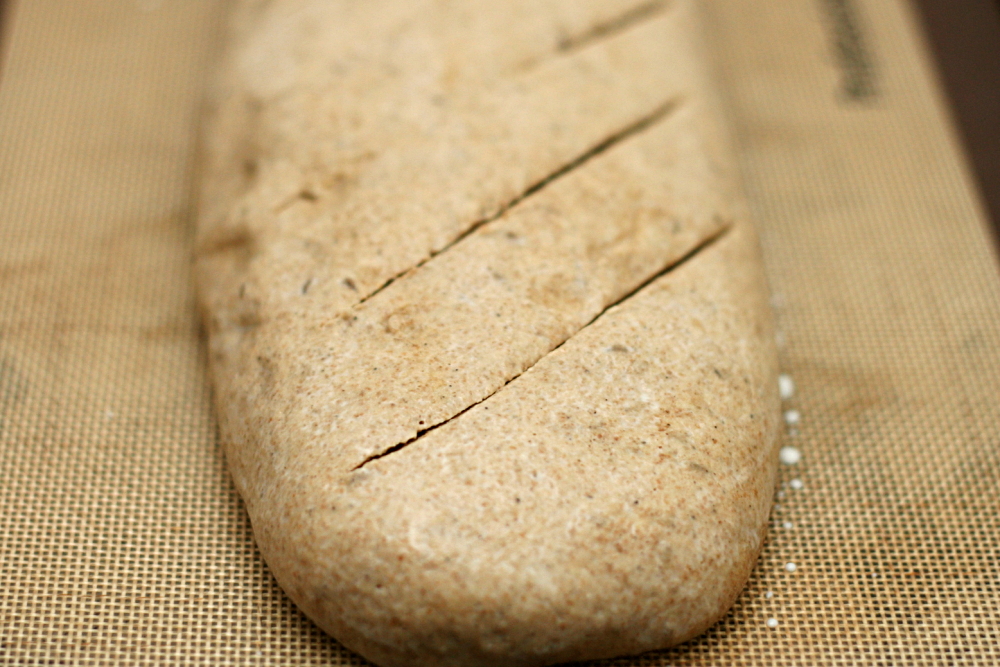
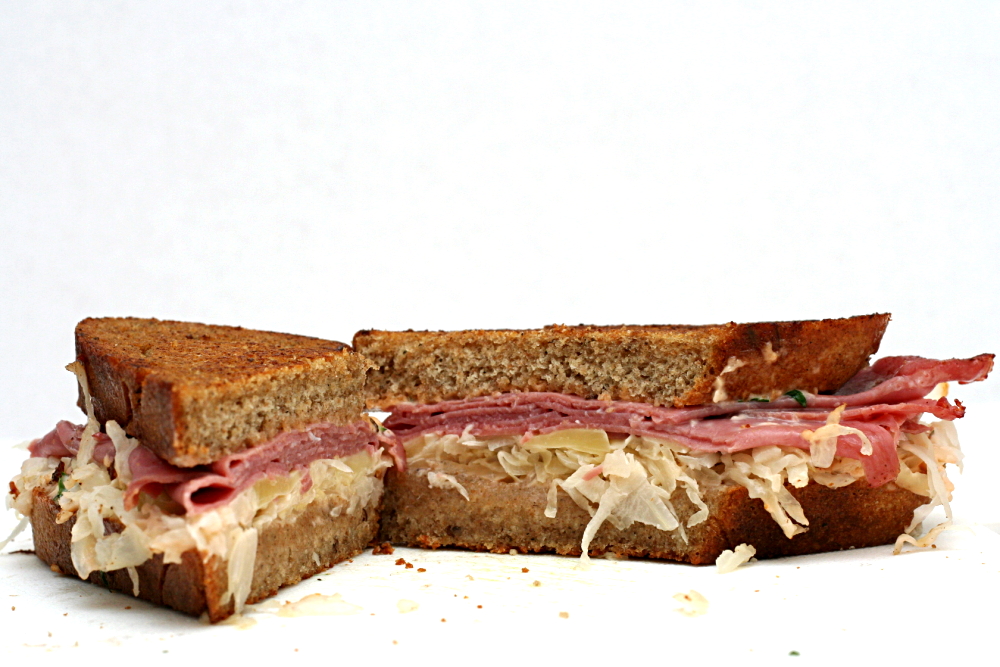
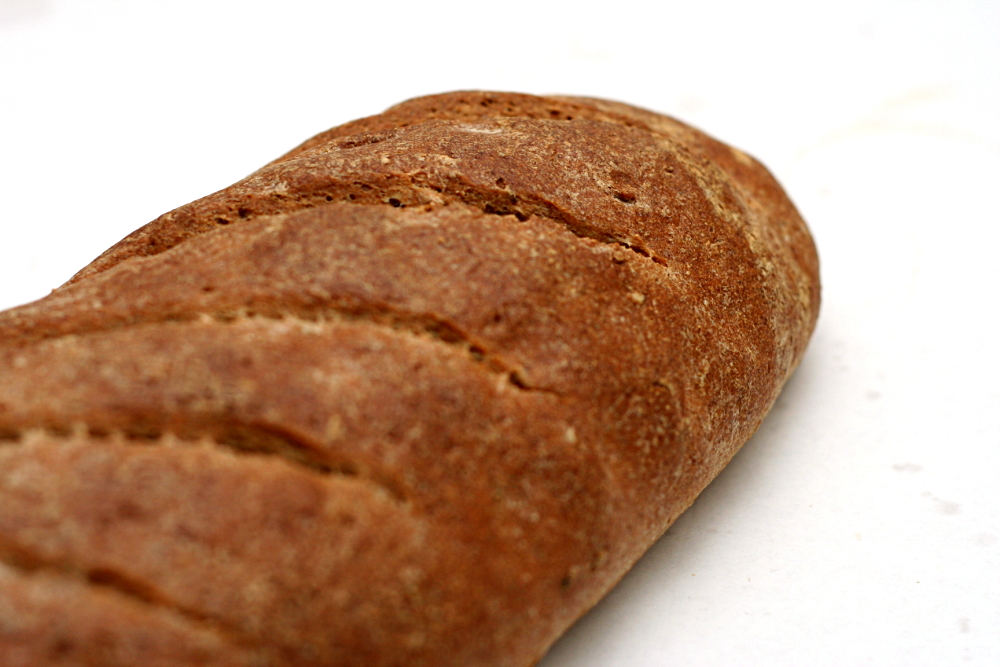
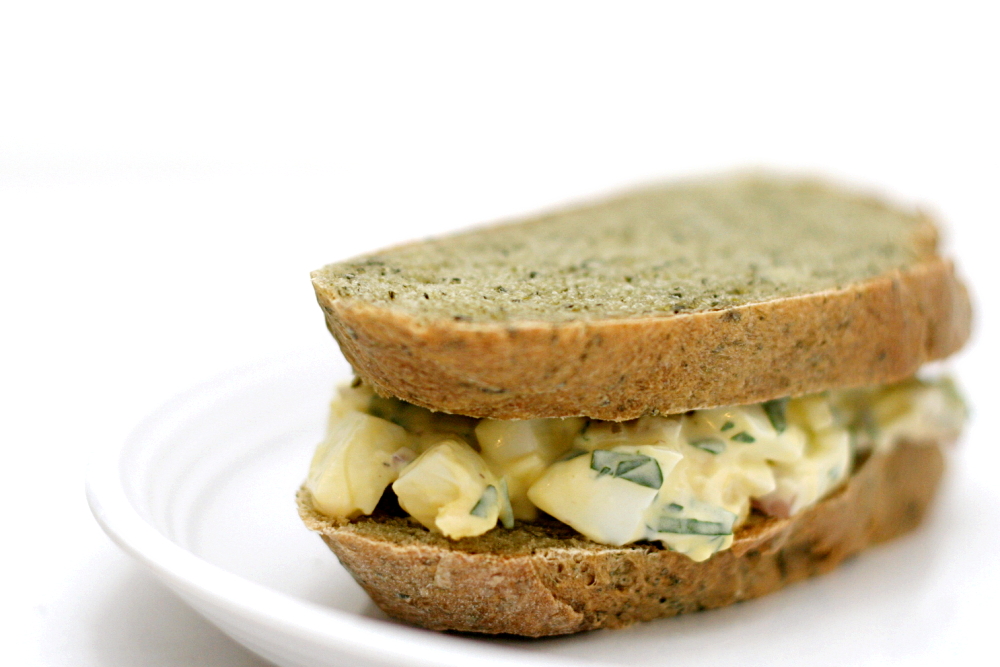
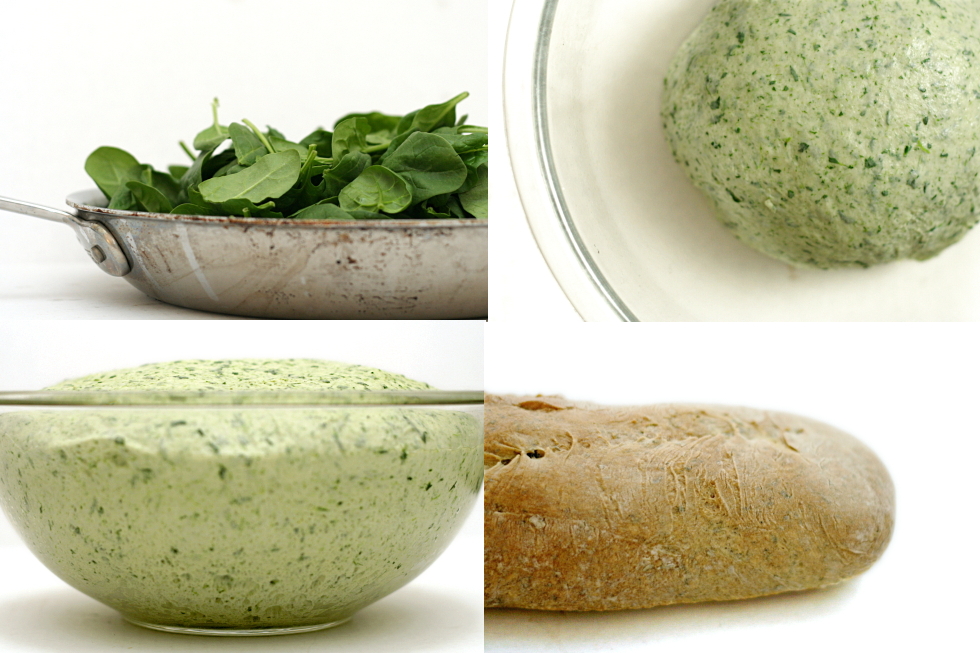
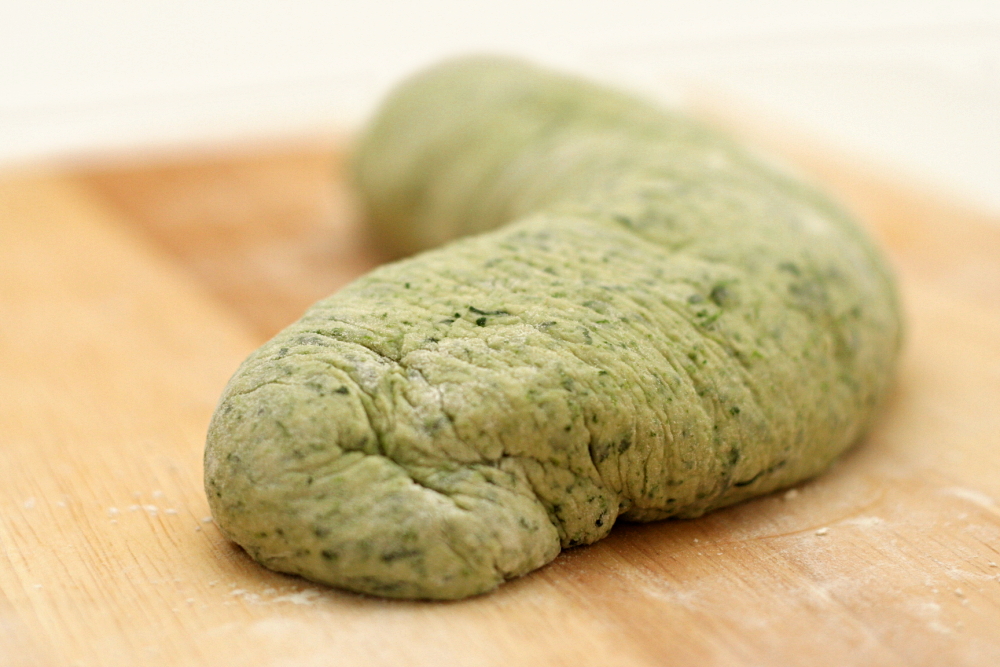 (I didn’t bake it like this; I was just enjoying the caterpillar resemblance.)
(I didn’t bake it like this; I was just enjoying the caterpillar resemblance.)




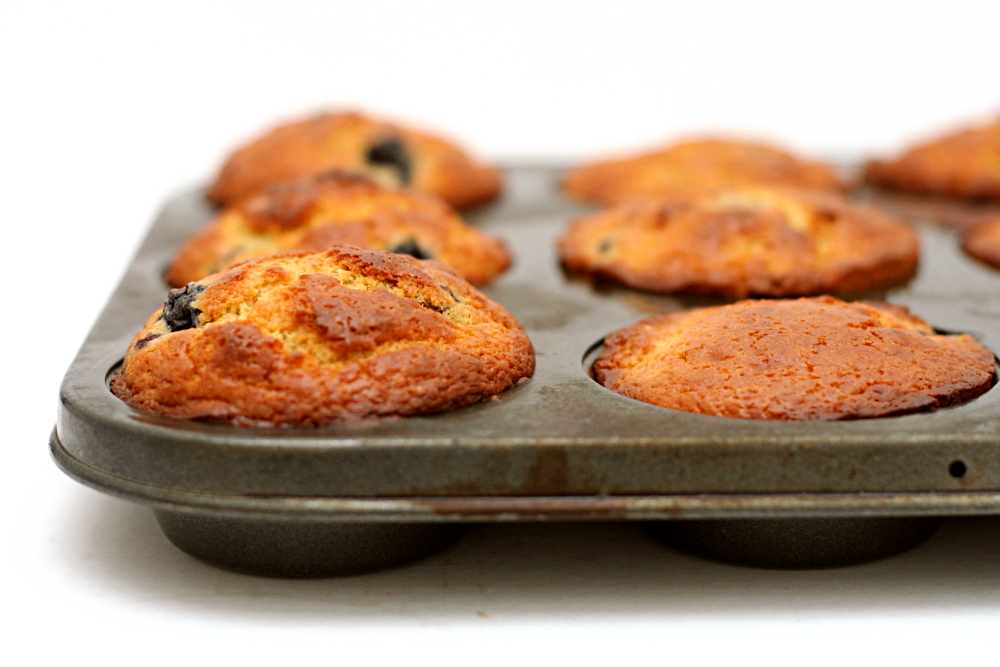 left – bottoms only; right – whole cup
left – bottoms only; right – whole cup left – whole cup sprayed; right – bottom only
left – whole cup sprayed; right – bottom only left – whole cup sprayed; right – bottom only
left – whole cup sprayed; right – bottom only
